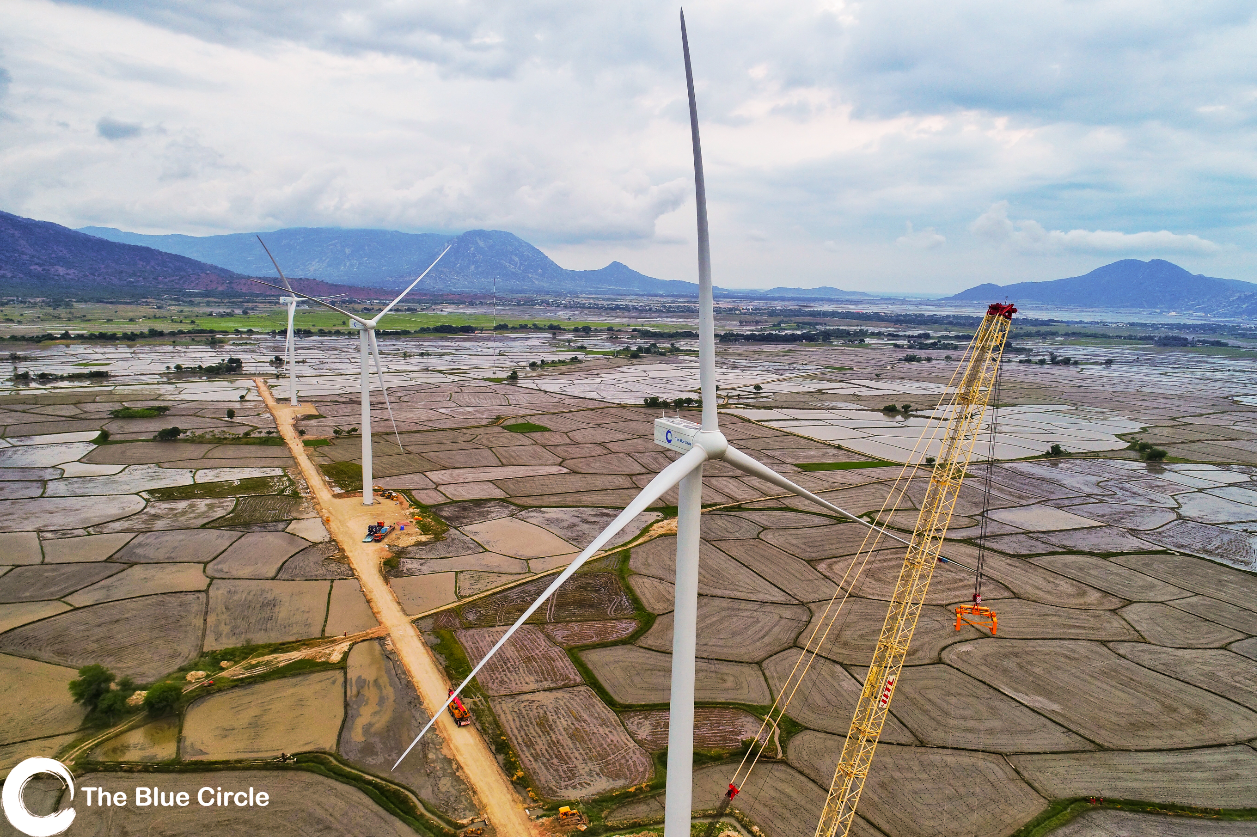In November 2018, the Vietnam 14th National Assembly passed a new Planning Law, amending 37 existing regulations and codes, aiming at creating a unified legal system on planning activities. Instead of boosting construction and streamlining administrative procedures in a country infamous for its bureaucracy, the implementation of this new Planning Law stopped all inclusion approvals in the National Master Plans, a decision that stands until today.
Without this key approval process, grid connection of about 1,645MW of wind power projects with Power Purchase Agreement (PPA) signed and construction permits of about 2,700MW of wind power projects without PPA (source EVN Jan. 2020) will not materialise.
Even if the legal situation is resolved and the Master Plan Approvals from the Prime Minister were to resume in the coming weeks, the situation looks unpromising as wind power projects typically take 16 months to be constructed and would face a worldwide shortage of turbines for delivery next year. As the 2018 wind feed-in-tariff (FiT) is only valid for projects entering commercial operations before November 1st 2021, any project entering construction now takes the risk not to have any fixed price for its electricity.
New Planning Law impedes the materialisation of 4,345MW of wind energy in the country which could result in serious national power implications. Image: The Blue Circle (Dam Nai wind farm)
“Wind power projects are not like solar which could be built in 6 months,” explains Olivier Duguet, Chief Executive Officer of The Blue Circle. ”We have to order turbines 10 months before delivery and have at least four to six months of construction time. Therefore, we need a minimum of two years of visibility on the FiT to invest, which is not the case today,” he adds.
Vietnam has been the first country in Southeast Asia to establish a FiT to promote wind power development. It was set up in 2011 at US$7.8c./kWh at a time when the average turbine size was still under 2MW. During the following seven years, Vietnam has connected only 200MW of wind power to the national grid, prompting comments on the unattractive level of its tariff for wind. In the meantime, the Philippines have built 427MW and Thailand 1,018MW.
When Vietnam Prime Minister Mr. Nguyễn Xuân Phúc increased the wind power FiT in 2018 to US$8.5c./kWh, the expectations for a rapid expansion of wind power deployment in Vietnam were running high, given its 3,260 kilometers of coastline and the best wind resources of continental Southeast Asia.
The country - especially its busy South - is hungry for power. Vietnam’s Ministry of Industry and Trade (MoIT) forecasted in July 2019 that electricity demand will exceed its supply by 6.6 billion kilowatt hours (kWh) annually in 2021 - increasing to 15 billion kWh annually by 2023. The country will need an average investment of US$6.7 billion a year to expand its power generation capacity by 10% every year between 2016 and 2030 according to the Ministry.
Given the urgency to avoid severe power shortage, Vietnam’s national utility, Electricite du Vietnam (EVN), became the leading buyer of solar energy in the ASEAN region in the last two years. By setting a FiT high enough to attract local and international investments, Vietnam has triggered a rush to build 4,460MW of solar projects in record time, representing now 44 per cent of Southeast Asia’s total solar installed capacity. This could have been followed by wind power in order to boost renewable and clean energy production in the South. However, the unfortunate turn of events around the new Planning Law implementation might lead to a missed opportunity for Vietnam to harness wind energy - a good, reliable and cheap source of local renewable energy.
Whereas the world is turning to renewables as the primary source of electricity, Vietnam seems stuck with imported fossil fuels from the past, such as coal and gas, to power its growth.
About The Blue Circle
Founded in 2013, The Blue Circle identifies, develops, finances, owns and operates renewable energy projects in complex and challenging geographies in the Asia-Pacific region. The Blue Circle uses the most advanced technology to build responsible and sustainable projects. With offices in Singapore, Ho Chi Minh City, Bangkok and Phnom Penh, The Blue Circle is the leading renewable energy company of Southeast Asia. Its team is committed to changing the world one green electron at a time. www.thebluecircle.sg
For further information, please contact:
Ain Aziz
Communications Manager
ain.aziz@thebluecircle.sg
Tel: +65 6358 3414


